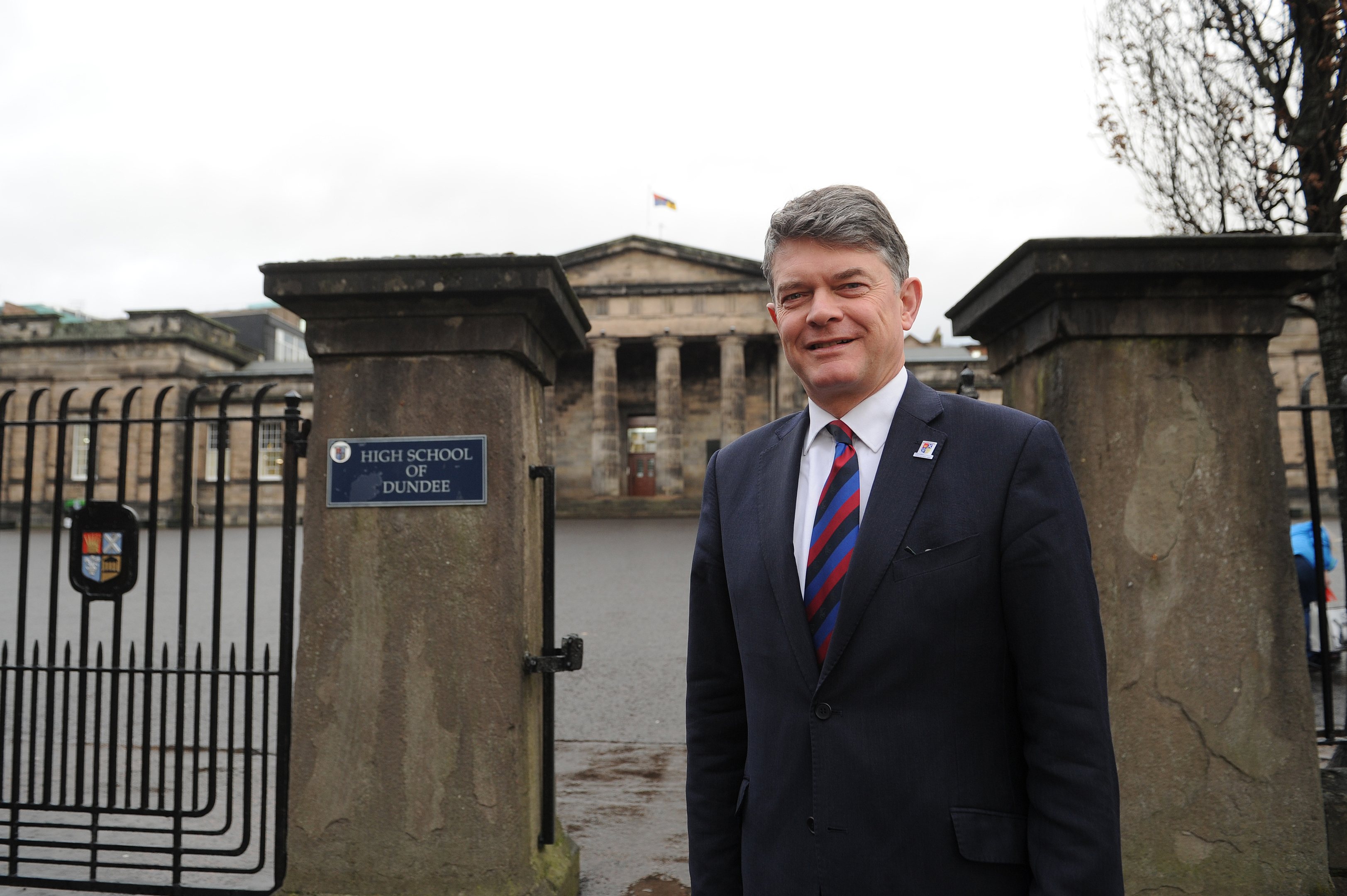The Curriculum for Excellence has been dismissed as a “dangerous and unpredictable experiment” that is chasing pupils away from Dundee’s local authority schools.
In a damning verdict on the quality of education offered across the city, the rector of Dundee High School claimed they and their parents were being failed.
Dr John Halliday said the Scottish Government’s flagship project restricts the number of subjects that can be studied, potentially disadvantaging students when they seek further education.
The claims have been described as “nonsense” by the city’s education convener, Councillor Stewart Hunter, who believes the CfE has contributed to increased pupil attainment.
Nonetheless, Dr Halliday credits parent dissatisfaction – together with quality of education – for driving an increase in the number of pupils seeking to join Dundee High, a fee-paying private school.
Its pupil roll has risen to its highest level for many years, from 974 in August 2014 to the current position of 1020.
Dr Halliday said: “I believe that this is a reflection not only of the confidence that parents place in the school, but also of the fact that the it is not subject to the limitations and problems that are apparent in the CfE.
“I believe that many parents recognise that by limiting the number of subjects that their child can choose, as well as stifling their freedom, the Curriculum for Excellence is potentially disadvantaging them when it comes to securing university places.”
He also claimed that the CfE restricted pupils interested in studying three sciences in S3 or in studying modern languages, classics, economics, music, drama and art and design – subjects he said were being “marginalised” in the state sector.
Dr Halliday added: “Parents don’t want their child to miss out on the option to experience these subjects, which is a very real danger under the Curriculum for Excellence.
“They want to know that their children are in good hands and given a stable, aspirational education that is not subject to dangerous and unpredictable experiments.
“Children have one go at a school education.”
Mr Hunter said the council had taken the decision to offer six subjects because it was “the unanimous choice of head teachers in the city” and based on their “experience and professional judgement”.
He said they believed it was the “best way to maximise the potential of our young people” and pointed to an improvement in exam results and attainment since CfE had been introduced.”
“From the parents I have spoken with they are fully confident in our schools ability to educate their children and back our staff and our schools.
The Scottish Government also defended CfE, describing it as “a modern and flexible way for pupils to learn and to gain the skills and qualifications they will need in later life”.
A spokeswoman said it had been developed in conjunction with education experts, teachers and parents and that its success had attracted interest from around the world.










